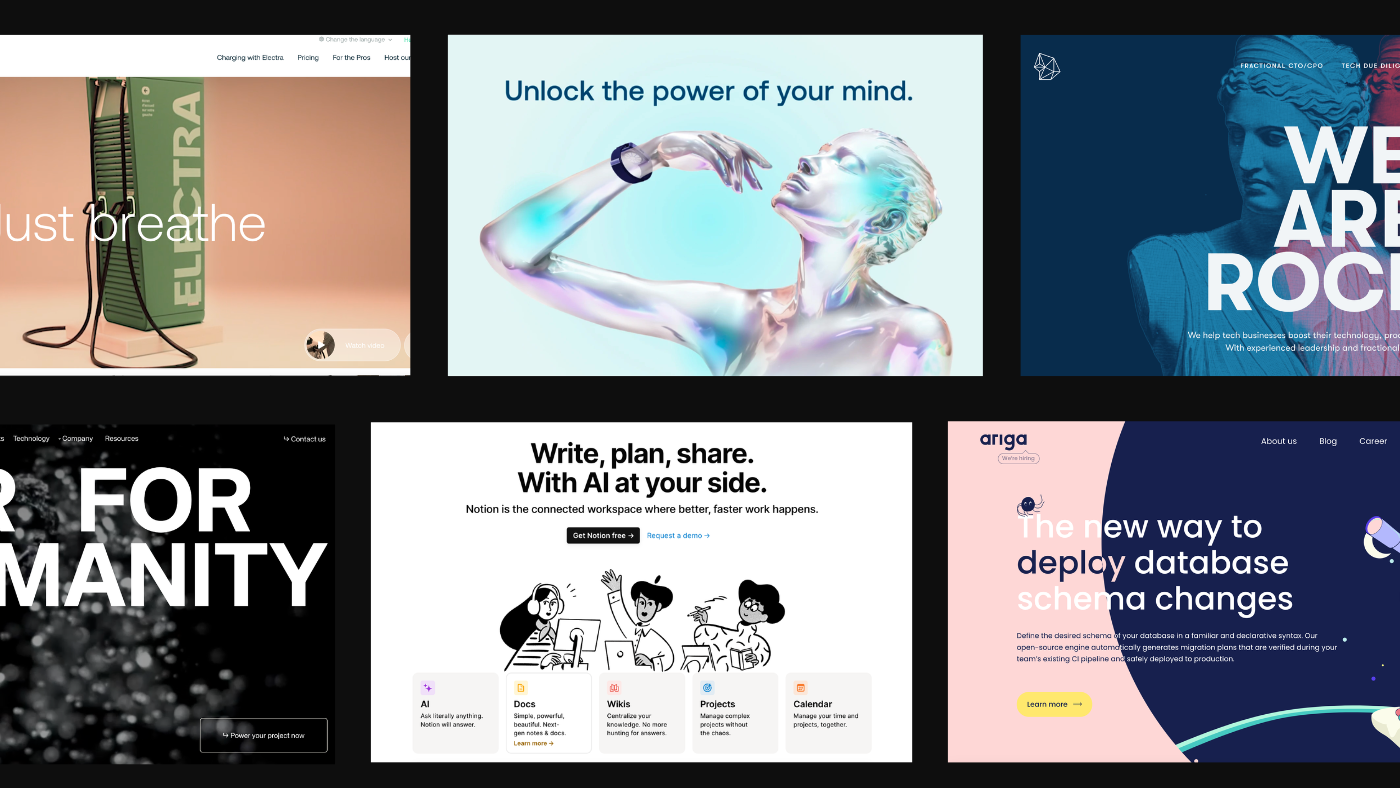Website Design in copyright: Building Mobile-Friendly Websites for Modern Audiences
Website Design in copyright: Building Mobile-Friendly Websites for Modern Audiences
Blog Article
Achieve Online Success With User-Friendly Internet Site Layout
In the significantly affordable electronic landscape, the layout of a website can be a crucial factor in figuring out a service's success. Easy to use design not just boosts the general individual experience but likewise influences key metrics such as interaction, retention, and conversion rates.
Significance of User Experience
Customer experience (UX) plays a crucial function in the success of a site, as it straight influences customer fulfillment and involvement. A favorable UX makes sure that visitors can browse the website easily, access information rapidly, and complete desired actions, such as making an acquisition or authorizing up for an e-newsletter, without aggravation.
In a digital landscape where competitors is strong, a website that focuses on UX can significantly improve brand loyalty and retention. Customers are most likely to go back to a site that uses a seamless experience, developing a cycle of repeat sees and boosted consumer lifetime value. Efficient UX design can decrease bounce prices, as individuals are much less likely to leave a site that satisfies their requirements successfully.
Furthermore, search engines significantly think about user experience elements when ranking internet sites. Therefore, investing in customer experience is important for achieving long-lasting success in the electronic marketplace.
Key Concepts of User-Friendly Design
An effective easy to use layout rests on a number of vital concepts that boost use and availability. First and foremost is simpleness; a clutter-free interface enables customers to browse easily, reducing cognitive load. This principle highlights the importance of succinct and clear content, enabling individuals to locate details swiftly without unnecessary distractions.
Consistency is one more vital element. Consistent use layouts, shades, and fonts fosters experience and develops depend on. Users must feel comfy as they check out various areas of the website, knowing that similar aspects symbolize related performances.
Effective typography likewise plays an essential role in straightforward design. Understandable typefaces, ideal dimensions, and sufficient spacing make certain that web content is easily understandable throughout various gadgets. Including user-friendly visual hierarchies helps individuals determine essential details and actions at a glance.

Crucial Attributes for Navigating
Effective navigating is critical for any kind of easy to use internet site, as it straight influences the total user experience. A well-structured navigating system enables customers to situate info quickly and effectively, lowering frustration and enhancing involvement.
One crucial function is a user-friendly and clear food selection that categorizes web content practically - website design copyright. This menu should be easily obtainable from every web page, often placed on top or on the side of the internet site. Furthermore, including breadcrumb navigating helps individuals understand their area within the site power structure and makes it easier to backtrack
Search capability is an additional crucial part, allowing users to locate details content without filtering via several pages. This feature should be prominently shown and responsive this content to variations in input.
In addition, a mobile-responsive style ensures that navigating continues to be seamless throughout tools. As mobile use remains to increase, menus must adjust to different screen dimensions without endangering performance.
Lastly, aesthetic cues such as highlighting the energetic web page and making use of hover effects can enhance customer communication. By integrating these crucial features, internet site designers can produce a navigational experience that is not just user-friendly but also encourages expedition and retention.
Availability Considerations
Availability factors to consider are indispensable to producing a straightforward internet site that accommodates all people, regardless of their capacities or handicaps (website design copyright). Web sites must be created to ensure that users with aesthetic, acoustic, cognitive, or motor impairments can involve with material efficiently. This begins with adherence to the Internet Material Access Standards (WCAG), which offer a framework for making digital content much more easily accessible
Secret methods consist of making use of descriptive alternate message for pictures, making certain shade comparison ratios satisfy availability criteria, and providing subtitles for multimedia aspects. Furthermore, the navigating must be instinctive, enabling users to tab through links and interactive elements quickly. Executing key-board navigation is crucial for those unable to use a computer mouse.
Furthermore, concise and clear language boosts understanding for individuals with cognitive constraints. Types should be uncomplicated, with labels and guidelines that are understandable. Routine availability testing, including customer responses from individuals with impairments, can assist improve and determine barriers use.
Determining Design Success

Individual feedback studies and use screening are essential in evaluating the efficiency of design components. These approaches enable designers to gather direct input from users, recognizing discomfort points and areas for enhancement. Additionally, tracking heatmaps can expose where users click most frequently, aiding to inform design adjustments and material prioritization.
Google Analytics can track individual actions, revealing patterns that suggest whether the layout is assisting in or hindering the user journey. Inevitably, a successful internet site layout not only satisfies business goals but likewise promotes a enjoyable and smooth individual experience, driving engagement and loyalty over time.
Conclusion
Focusing on user experience via simpleness, user-friendly navigation, and efficient comments systems not just enhances user engagement and satisfaction yet additionally cultivates brand name commitment. Integrating crucial navigation functions and access considerations additionally guarantees that all individuals can effectively interact with the site.
Internet sites have to be designed to make certain that users with visual, acoustic, cognitive, or motor impairments can engage with content effectively.Determining design success includes reviewing how efficiently a site meets its designated objectives while giving a favorable linked here user experience. Google Analytics can track customer behavior, exposing patterns that show whether the design is impeding the user or promoting journey. Eventually, a successful website layout not only satisfies company objectives yet also fosters a smooth and pleasurable individual experience, driving involvement and loyalty over time. Prioritizing individual experience with simpleness, intuitive navigating, and reliable comments mechanisms not just improves user interaction and complete satisfaction yet additionally cultivates brand loyalty.
Report this page